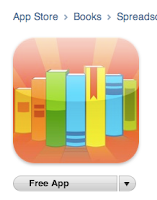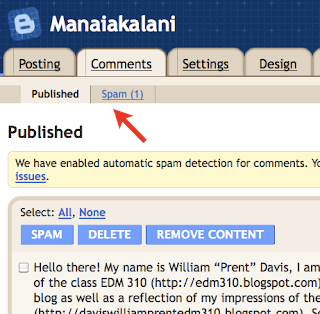I have been reading lots of
educators postings about the iPad
sharing all kinds of cool ways to use them in school and for learning, but I have always known that when I finally get one it will be for me! Because I am a reader and everyone I live with is a reader (Define: reader = a person who reads fiction regularly during the school term as well as serious work-related material; a person who will stay up into the wee hours of the morning during a working week on occasion reading fiction until it is finished!). When we all go on holiday together too much of the car boot space is taken up with library books. So the advent of a versitile eBook reader will be a wonderful asset to our household.
For the past week I have had an iPad and today I sadly/gladly handed it over to the person I bought it for. I would have bought two so I could have one for myself, but we searched six states in the USA as we travelled and we only ever managed to find the one wifi iPad sitting in a store waiting to be bought - at
Best Buy in Medina, Ohio.
Then I bought a few books, took advantage of Barnes and Nobles free eBooks and downloaded lots from
Project Gutenburg. I also added a few lengthy .pdfs that I had been meaning to read. Then I tried to squeeze in as much reading time as I could. Fortunately a flight from one coast of the US to the other, a 6 hour stop-over in LAX and a 12 hour flight to NZ gave plenty of opportunity to read a few books and documents.
Here are some of my thoughts from the past week of reading....
There really wasn't a lot to pick and choose between the reading apps. They all had nice page turning, bookmarks, the ability to go online and lookup words or information (if you have wireless - which of course I never had on a plane). They did the double page landscape and the single page portrait. I was a bit miffed that it was only pdfs that you could pinch and squeeze to enlarge text. I had anticipated being able to do that with books and give aging eyes a break.

The real differences come in what they allowed you to download or to buy.
Project Gutenburg is currently providing the backbone to all of the reading apps and the free book giveaways. It has 33,000 titles available to download for free and it is surprising to discover which books are already out of copyright and have now been digitised by the team of volunteers working on this project. All the classics and childhood favourites are there. I think that the
Free Book app has the best interface of the ones I tried for reading these. I notice that if you go to the iTunes Store it is a free download, but the weblink is charging $1.99.
I presume the iBook reader is not yet available in NZ because iPads are not here yet. And if it is like the music and movie iTunes store, the US offerings will be different from the NZ ones. So that works fine if you have a US account. Barnes and Noble work from IP address and will not sell to anyone outside North America. I really don't know what that is about. I downloaded lots while I was there, but know that there will be nothing more from now on - unless anyone cares to email me some of the next round of free books ;) Amazon is quite bizarrre. While I had a US IP address, they knew I was a New Zealand customer and wanted to charge me a $2 shipping fee!!! for eBooks. So I didn't try any of theirs. And Borders seemed to be the most straight forward. Give them your credit card and they will sell you an eBook. I like that non-discriminatory approach.
Most of the readers offer the option to read in sepia rather than just black on white. That is a nice option for the eyes. And I did like the way I was able to turn the backlight brightness down on the plane to give my eyes a rest too. The battery lasted easily for 10 hours, but we discovered today that it is a trial when you are up to a good part in a book and the battery goes flat. Talk about frustrating.
Reading in bed with it is fine. Reading on the plane was not quite as good. Planes are uncomfortable at the best of times and the iPad didn't squish into the confined space in the same way a paperback does. But reading pdfs on a plane via iPad is way better than wads of printouts. If you are a person who falls asleep over your reading and lets a book slide to the floor with a thunk, then you would need to invest in a good protective case!
Biggest frustration; not being able to quickly flip back through the pages when you have lost a piece of plot context and you want to check up on something that happened earlier.
In conclusion, it is probably clear from this post that I am a fan of the iPad as a book reading device for grown-ups.





















